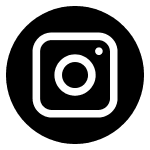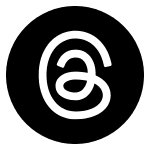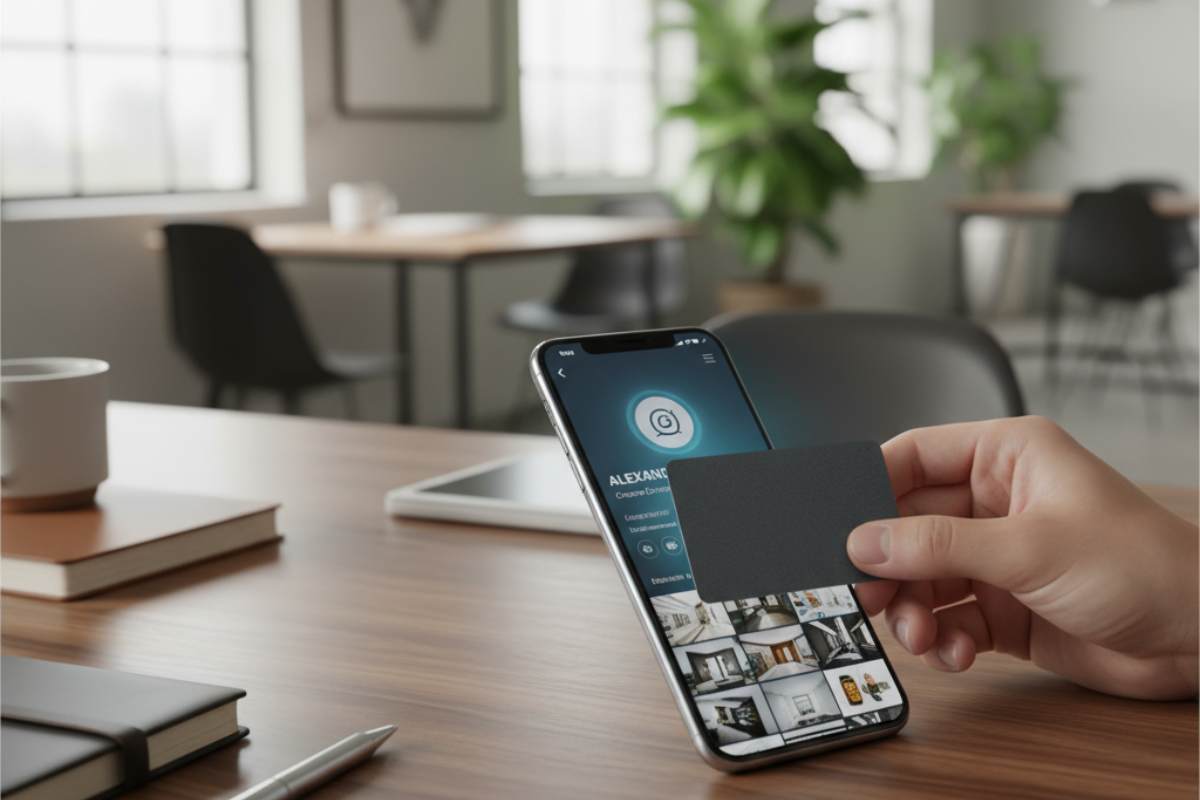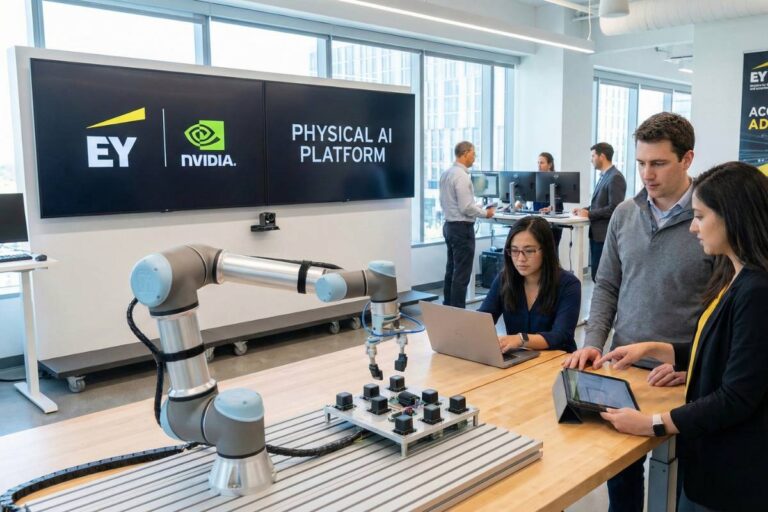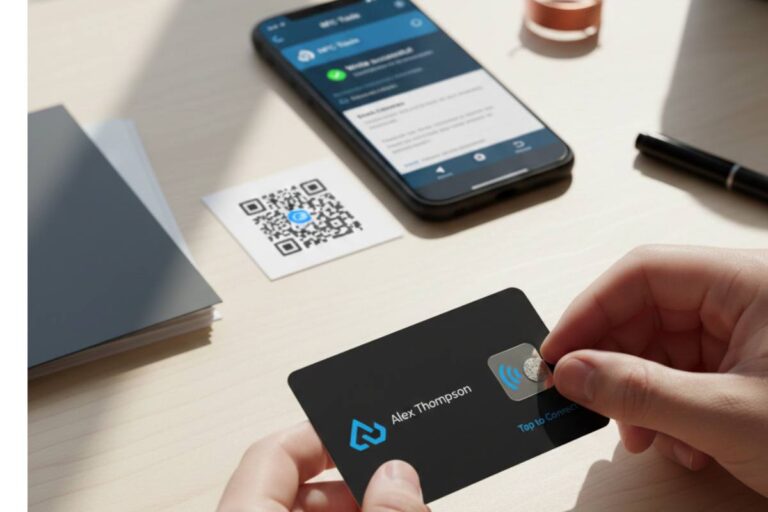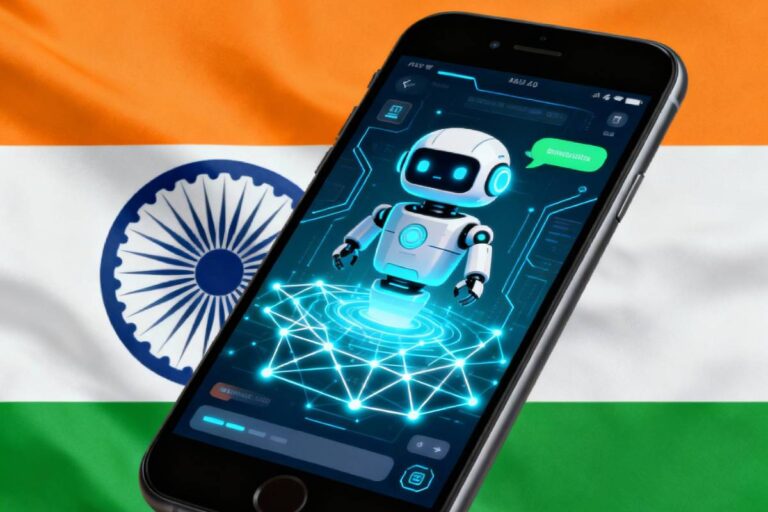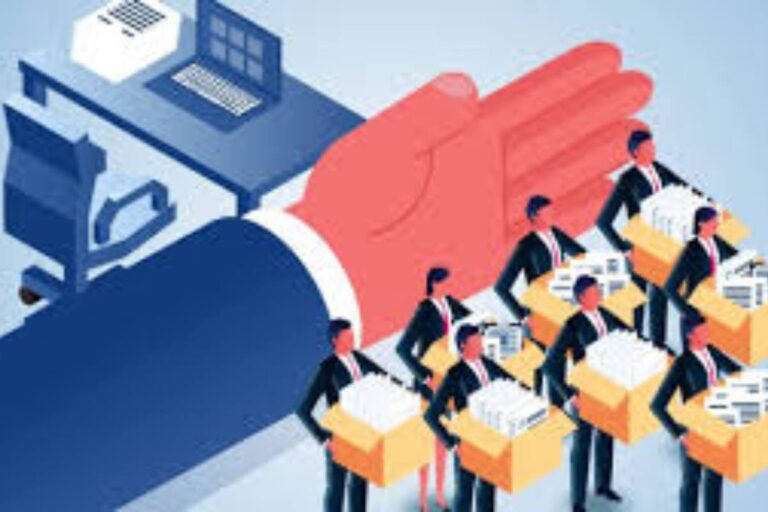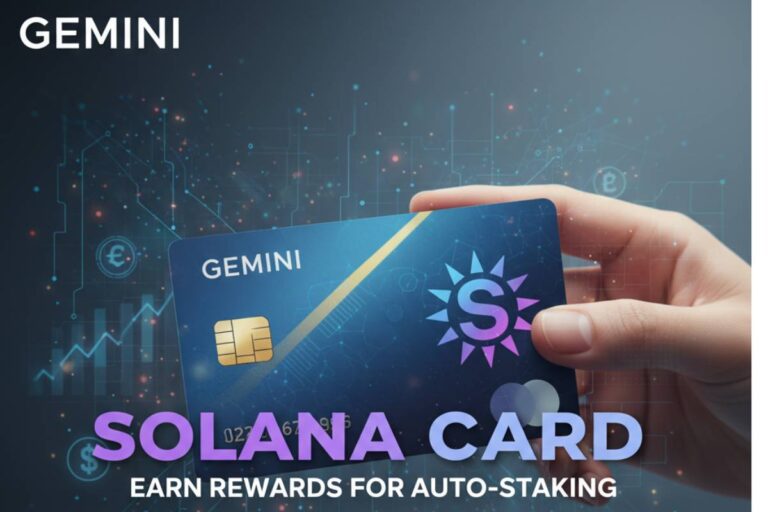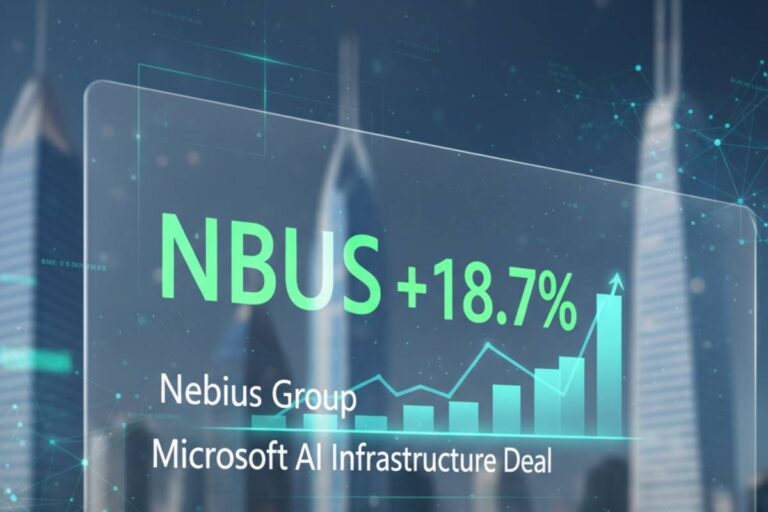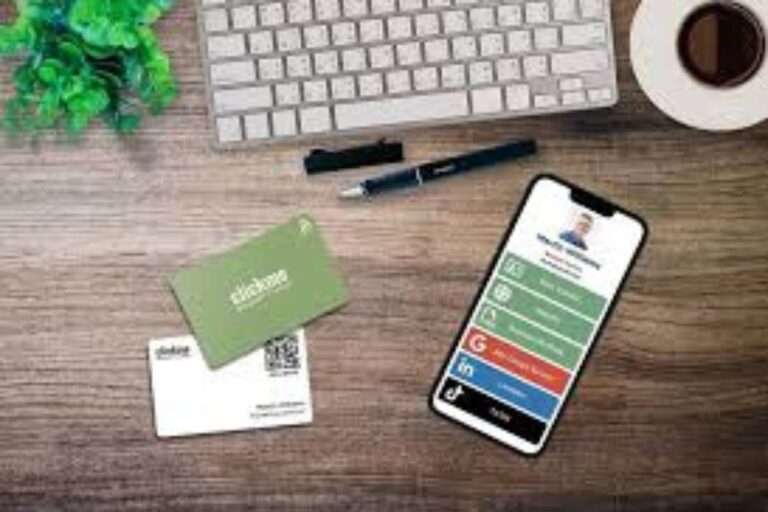The old-fashioned business card is almost gone. For a long time, the currency of networking was a flimsy rectangle of paper that people exchanged in a ritual that was as old as the modern office. But let’s be real. How many of those cards get thrown away, left in a pocket, or put in a drawer where they get dusty? The digital age needed something better, and it came in the form of the NFC business card.
It’s not just about saving trees or having a cool gadget to show off, even though those are nice things. A Near Field Communication (NFC) card is a powerful tool that turns the simple act of sharing contact information into an interactive, dynamic experience. It’s a small transmitter that can open up a whole new world of possibilities with just a tap on a smartphone. We’re going beyond just linking to a file of contacts. We’re talking about a tool that can make your business run more smoothly, impress your clients, and leave a lasting impression. So, what are some really creative ways that people are using this technology?
Your Portfolio in Your Pocket
This is a big deal for people who are creative. Consider it. You could be a graphic designer at a conference, a photographer at a gallery opening, or a writer meeting with a possible editor. The talk is going well, and they want to see your work. In the past, you would tell them to go to a URL they might forget, or worse, promise to send them a link later. It’s a time full of conflict.
Now, picture this instead. You take out your NFC card. “Just tap this here.” Your Behance, personal website, and Dribbble portfolio come to life on their screen right away. No typing, no looking, no “I’ll look you up later.” It shows off your work right away and in a big way.
Sarah, a freelance web developer I talked to, said it perfectly. “It’s like telling someone I make beautiful websites and then showing them in three seconds.” When I tap my card on their phone and my newest project comes up, they look shocked. Every. Single. Time. It’s not just my contact information; it’s proof of my skill right in their hands. Paper could never, ever make that immediate visual impact.
Easy Event Check-Ins
Anyone who has ever run an event knows how crazy it can get at the check-in desk. It’s a bottleneck that makes things stressful right from the start when people are fumbling with lists, typing names, and printing badges. This old way of doing things can be completely changed by NFC cards.
An NFC card can link to an attendee’s registration confirmation or a personalized schedule for the event. But the real magic happens for the people who put it all together. Staff can easily check in an attendee by tapping their card on a tablet or phone with an NFC reader. The system checks their ticket right away, marks them as present, and might even print a name badge on the spot.
It’s quick, it doesn’t cause any problems, and it gets the data perfectly. No more mistakes in email addresses that are saved on a clipboard. Every time, you get the lead information that is clean and correct. It changes a moment of tension into a smooth, professional welcome. It’s not a line anymore; it’s a tap that gives people their first impression of your event.
Wi-Fi Access Right Away, Without Pain
“What’s the password for the Wi-Fi?” In every café, co-working space, and office that deals with clients, it’s the first thing people ask. People usually point to a chalkboard or read out a long, random string of letters and numbers. It’s not smooth.
An NFC card is like magic. You can program a card, maybe one that you leave on the table in a meeting room or at the counter, to hold your Wi-Fi network’s information. When a guest or customer taps the card with their phone, a message pops up asking if they want to join the network. One more tap, and they’re linked.
Think about how the customer feels. You won’t type “C0ff3eL0v3r!23” wrong anymore. This is a small detail, but it’s the kind of tech-savvy convenience that people remember. A café owner who did this told me that customers are really happy. “It’s a little ‘wow’ moment,” he said. “It makes us look smart and makes their lives a little easier.” That’s the point of hospitality.
Get Customer Reviews Right Away
Getting good reviews online is very important for almost any business, but it’s not easy. You can give great service, but by the time the customer gets home, life has gotten in the way. They lose interest in writing that 5-star review.
The most important thing is to catch them when they’re happy. This is the best use for an NFC card. A restaurant can give you a card with the bill that takes you straight to their Google Reviews page. A clerk at a store can tell a happy customer to tap a card at the counter. After fixing a leak, a plumber can give the homeowner a card and say, “If you were happy with the service, a quick tap here would really help us out.”
You’re getting rid of every single obstacle. They don’t have to look for your business on Yelp or use Google Maps to find it. The card takes them right to the page where they can give their feedback. This one strategy can greatly boost the number and quality of reviews, which we all know is great for marketing.
The One-Tap Payment Portal
For freelancers, consultants, and market vendors, making a sale is only half the battle. The next step is to get paid, which usually means sending an invoice and waiting. An NFC card can fill that gap and cut down on the time it takes to pay.
Think about how great it would be to have just finished a meeting with a new client. They’re excited and ready to go. You could say, “Great! Instead of saying, “I’ll email you an invoice for the deposit,” As soon as the deposit is made, we can start. “Just tap my card here.”
You can link your NFC card directly to a payment page on Stripe, PayPal, or Square. The client taps, types in their information, and pays right away. It shows that you are confident, professional, and efficient. It makes talking about money less awkward and turns it into a simple, smooth transaction.
Make Your Booking Calendar Easier to Use
One of the least efficient things about modern business is the endless email chain that says, “Does Tuesday at 2 PM work for you?” Sometimes it takes more work to set up a meeting than it does to have the meeting itself.
An NFC card is another great way to solve this problem. If you connect your card to a scheduling service like Calendly, Acuity, or SimplyBook.me, new connections can book time with you right away.
You meet someone at a networking event, and they want to talk to you again. You say, “Perfect.” “Tap my card, and you can see when I’m free and book a time that works for you right away.” They tap, look at your calendar, choose a time, and the meeting is set. Finished. No missed chances, no follow-up emails. It shows that you care about their time and yours, and it moves the relationship forward while things are still hot.
The Welcome Video Just for You
You can get really creative and personal here. A business card has your name and phone number on it. A well-programmed NFC card can tell them something about you.
Make a short, simple video to welcome people. You don’t need to make a Hollywood movie; a short, real message shot on your phone is often better. You can host it as an unlisted video on YouTube or Vimeo and link your NFC card to it.
You can say, “It was great to meet you,” when you meet someone. I wrote you a short note on my card. When they tap it, they see and hear your face and voice again, which strengthens the connection you just made. A real estate agent could use this to make a video tour of a property they are selling. A CEO could use it to send a short, strong message about the company’s vision. It sticks in your mind, it’s unique, and it makes an immediate connection with people.
A Way to Connect with Your Friends
The goal for influencers, content creators, and brands is often to get people to follow them on more than one platform. But which one? Do you send them to LinkedIn? Instagram? What is your YouTube channel? It’s too much to tell them all.
You can use an NFC card as a central hub for everything you do online. Instead of linking to just one profile, use a “link-in-bio” service like Linktree, Beacons, or a landing page you made yourself on your website.
When someone taps your card, they see a clean menu of all the links to your social media accounts. After that, they can choose to connect with you on the platform that they use the most. Giving them a choice like this makes it much more likely that they will actually do what you want them to do. You aren’t pushing them in one direction; you’re inviting them into your world and letting them pick the door.
The Dynamic Digital Catalog or Menu
We all got used to QR code menus after the pandemic. They work, but let’s be honest: they look a little ugly and don’t feel personal. An NFC card can do the same thing, but in a much more stylish way.
There could be sleek, branded cards on every table in a bar or restaurant. A tap shows the whole menu, including daily specials that the kitchen can change in real time. You won’t have to print new menus every time a dish changes or the price goes up. It lasts a long time, doesn’t cost too much, and is always up to date.
This isn’t just for restaurants. NFC cards could be used by a retail store that has a lot of new items coming in all the time, like a fashion boutique or a craft store, to connect to a digital catalog of new arrivals. It’s a modern, interactive way to keep customers up to date and interested in what you have to offer.
An Emergency Information Tool for More Than Business
Finally, let’s think about things other than business and networking. The same NFC technology can be a great way to keep yourself safe.
Someone can program an NFC card, which they might keep in their wallet or on their keychain, to link to a simple webpage with important emergency information. This could mean:
- People to call in case of an emergency
- Type of blood
- Allergies you know about
- Medications you are taking
- Health problems like diabetes or epilepsy
If the person can’t talk, a first responder might be able to tap the card to get this life-saving information right away. This is a modern, digital version of a medical alert bracelet. It needs to be known by emergency workers, but it’s a very interesting and useful use of this simple technology. This tool is, at its core, a way to quickly and easily share important information.


